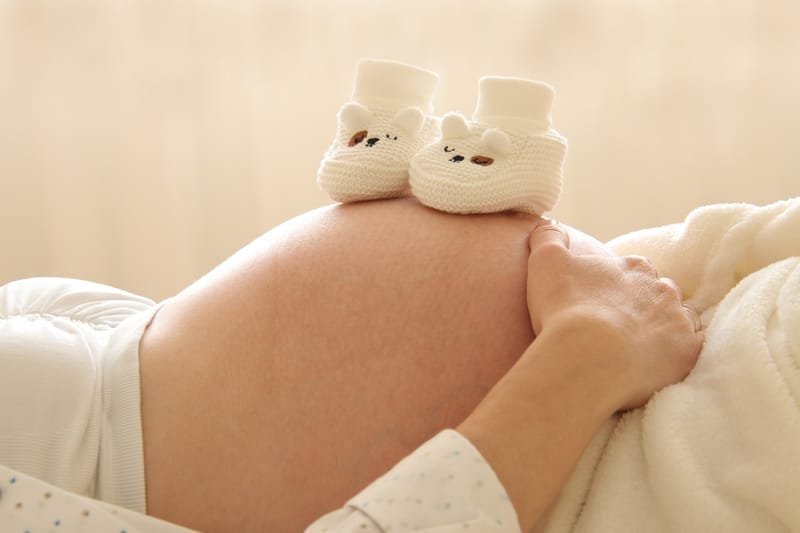Early sound exposure in the womb shapes the auditory system in the fetus

May 25, 2022
MIT-lead research modeling modeling studies "suggests that the muffled environment in utero primes the brain’s ability to interpret some types of sound."
"Inside the womb, fetuses can begin to hear some sounds around 20 weeks of gestation. However, the input they are exposed to is limited to low-frequency sounds because of the muffling effect of the amniotic fluid and surrounding tissues.
A new MIT-led study suggests that this degraded sensory input is beneficial, and perhaps necessary, for auditory development. Using simple computer models of the human auditory processing, the researchers showed that initially limiting input to low-frequency sounds as the models learned to perform certain tasks actually improved their performance.
Along with an earlier study from the same team, which showed that early exposure to blurry faces improves computer models’ subsequent generalization ability to recognize faces, the findings suggest that receiving low-quality sensory input may be key to some aspects of brain development." reported Anne Trafton from the MIT News Office.
Early sound exposure in the womb shapes the auditory system by MIT News